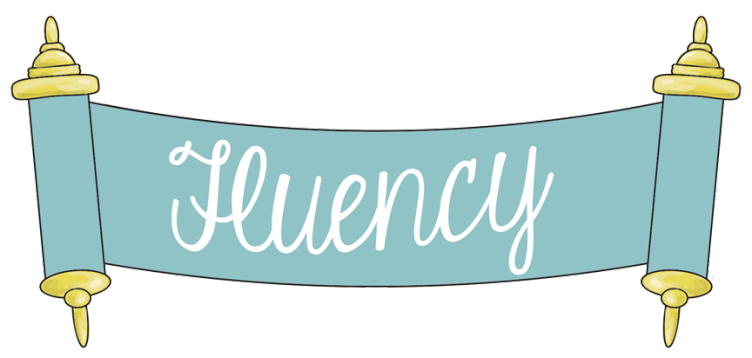Image: adventuresinliteracyland.com
In the world of languages, one doesn’t go very far as a service provider before someone will ask you, “Are you fluent?” I guess there’s a technical definition of what fluency comprises, but how would you measure whether someone was up to the mark thus defined? In any case, I don’t know it off by heart and, for the purposes of this article, don’t really want to know it. Instead, I’ll make it up, because the ability to make it up is essentially what fluency is all about.
Here are some figures, nonetheless. They may be made-up but they are not far off the mark. Twenty per cent of a language is sufficient to equip the speaker to cater for about 80% of the common, everyday situations in life. To my mind, fluency covers everyday situations, so to know enough, you need to know 20% of a language. You may think that that’s not very much, but you should look at the thickness of a standard dictionary. It’s still quite a lot. So, what is the other 80% of the language? Well, they are technical terms (U-bend for a plumber; thermal-resistant rheostat for an electrician, mixed-fibre polyester for a couturier), they are more highfalutin ways to say ordinary things (perambulating to the emporia instead of going to the shops, a heightened sense of foreboding for getting the idea something’s up and, oddly, getting the idea something’s up for becoming afraid something bad will happen; to some people, getting is highfalutin), and they are archaic or outmoded terms, like clergy, thou, whither or Mohammedans.
What your interviewer will probably not ask you is whether you’re fluent in your native language, the one your mother taught you, and hence, your mother tongue. They will not ask you why we say mother tongue, yet prefer to speak of languageswhen we speak of anyone else’s tongue. And fluency in writing may not be touched on at all. In other words, fluency is regarded as a measure of your ability to express yourself in a given language; however, it is no measure of how you express yourself in your own language or, indeed, of how you understand what others say to you or write to you. Many language suppliers ask if you can work in machine translation or computer-aided translation; these are technologies that draw on previously translated words and texts and help translators build a translation, in combination with their own personally learned skills. Yet, few if any will ask how fluent you are when actually using machine translation tools. They want to know how supreme you are in a given language and then demand that you use machine translation tools and also accept price-cuts for using them, even if you could have produced a better translation yourself without them. There is a common English saying for this approach, which is probably in the 80% you don’t need to know to be fluent, but here it is anyway: having your cake and eating it. Like demanding F1 driving skills of someone who is to chauffeur a Google driverless car. Well, not quite, perhaps: the 20% level is … well, it’s the ability to just fail your driving test and then become a chauffeur.
All in all, fluency is a badge of honour, and one that is deserved, and yet, in the modern age, it says little about language ability, or indeed the ability to use language to communicate effectively. I read in quality newspapers about the enormity of the task, whereas enormity has nothing to do with size, it’s a reference to horror, abhorrence and our disgust at something. The confusion comes because what really horrifies us is usually something big, like a war, infestation or criminal offence. Yet we understand what’s meant because we can read around the error. I have offered assistance to a Ukrainian refugee living in my town. She speaks Ukrainian and I speak a number of languages, none of them Slavic. We communicate via machine-powered apps, and very successfully.
So, what, then is fluency? Perhaps it’s an archaic term for thinking you know a language. And that idea, being archaic, is really in the 80% you don’t need to know.




